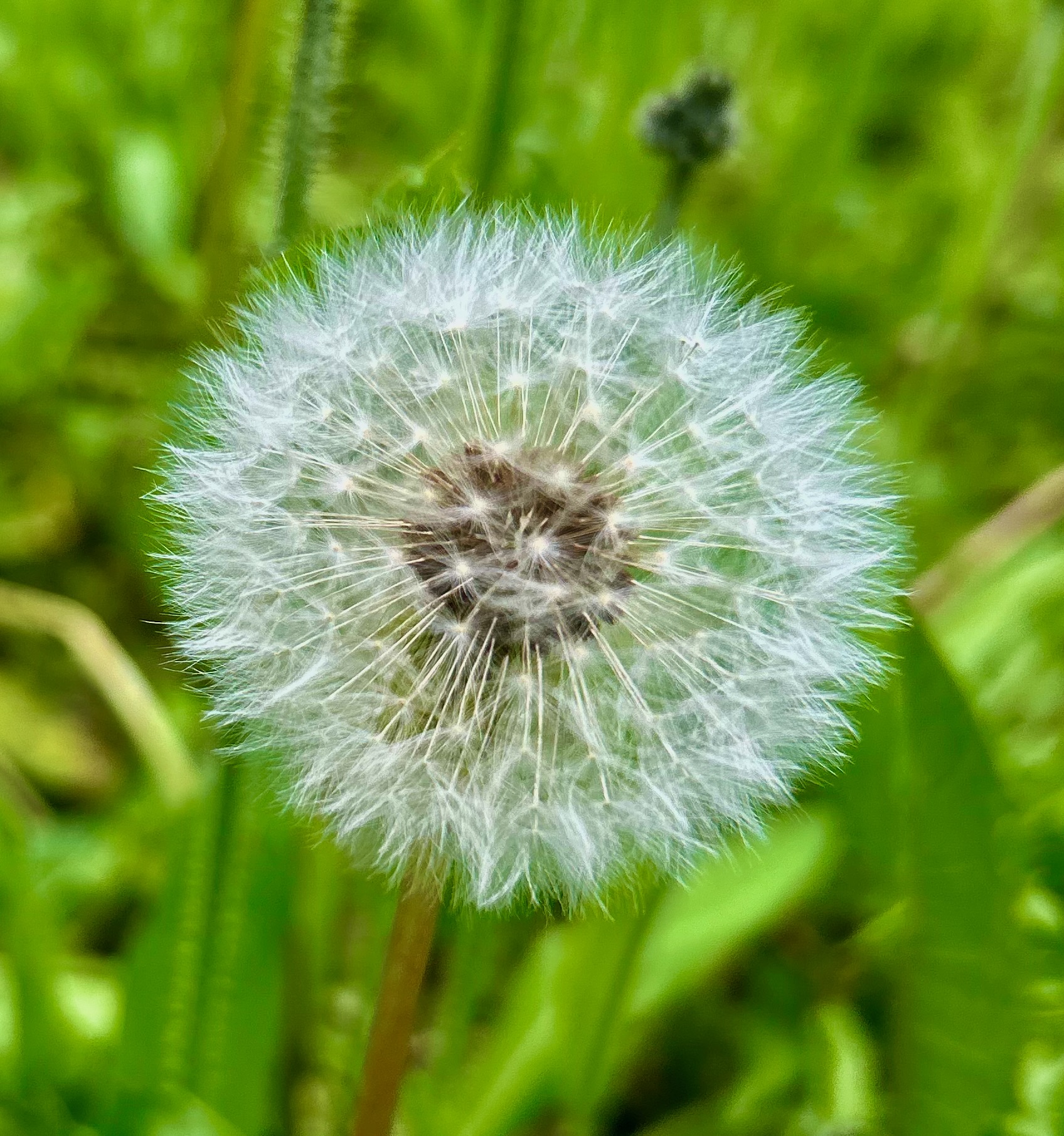We Do Not Let History Shroud Us: The Body as Curriculum and Its Refractive Possibilities
DOI:
https://doi.org/10.25071/1916-4467.40784Keywords:
contested space; diaspora; lived curriculum; relational pedagogy; South Asian; pandemicAbstract
As two South Asians in the diaspora, we situate the significance of the body as a curriculum, where our lived experiences and stories supported us in navigating the COVID-19 pandemic. We engage in the method of life writing to attend to specific narratives that have framed our diasporic identities. Through that engagement, we seek to demonstrate how we struggle with questions about belonging and dislocation, while also finding ways to overcome those challenges and realities in our everyday lives. Gripped by memories formed through phone calls and visits, with miles between us and the place we know as South Asia, we posit that the diasporic body forms a curriculum by way of a Brown(ing) body. We make the case that such a body has always had to refract in all its complexities and nuances—pandemic or not. Accordingly, we then consider how our lived experiences and subjective bodies informed the pedagogical possibilities of navigating the morbid pandemic as it touched the lives of the students we worked with. Our collaborative writing is therefore an offering of hope and sustenance that emerged during a pandemical time of grave uncertainty and profound loss.
References
Ahmed, S. (2007). A phenomenology of whiteness. Feminist Theory, 8(2), 149-168. https://doi.org/10.1177/1464700107078139 DOI: https://doi.org/10.1177/1464700107078139
Alvi, S. (2020). Reflections on ‘performing’ Canadian-ness as a way of ‘passing’. Cultural and Pedagogical Inquiry, 12(2), 18-22. https://doi.org/10.18733/cpi29574 DOI: https://doi.org/10.18733/cpi29574
Aoki, T. (1993). Legitimating lived curriculum: Towards a curricular landscape of multiplicity. Journal of Curriculum and Supervision, 8(3), 255-268. https://www.semanticscholar.org/paper/Legitimating-Lived-Curriculum%3A-Towards-a-Curricular-Aoki/09c08e959a4a83c9716e4bafdf233639a8a4c070
Belcourt, B-R. (2017, February 8). The body remembers when the world broke open. ArtsEverywhere. https://www.artseverywhere.ca/body-remembers-world-broke-open/
Bhabha, H. (1994). The location of culture. Routledge.
Cheryan, S., & Monin, B. (2005). “Where are you really from?”: Asian Americans and identity denial. Journal of Personality and Social Psychology, 89(5), 717-730. https://doi.org/10.1037/0022-3514.89.5.717 DOI: https://doi.org/10.1037/0022-3514.89.5.717
Cho, L. (2007). The turn to diaspora. Topia, 17, 11-30. https://doi.org/10.3138/topia.17.11 DOI: https://doi.org/10.3138/topia.17.11
Chowdhury, E. H. (2007). Geographies of mourning. Frontiers: A Journal of Women’s Studies, 28(3), 113-140. http://www.jstor.org/stable/40071912 DOI: https://doi.org/10.1353/fro.2007.a224086
Cruz, C. (2001). Toward an epistemology of a brown body. Qualitative Studies in Education, 14(5), 657-669. https://doi.org/10.1080/09518390110059874 DOI: https://doi.org/10.1080/09518390110059874
Hanh, T. N. (2010). Reconciliation: Healing the inner child. Parallax Press.
Hasebe-Ludt, E., Chambers, C.M., & Leggo, C. (2009). Life writing and literary métissage as an ethos for our times. Peter Lang Publishers.
Hasebe-Ludt, E., & Jordan, N. (2010). “May we get us a heart of wisdom”: Life writing across knowledge traditions. Transnational Curriculum Inquiry, 7(2). https://doi.org/ 10.14288/tci.v7i2.2035
Johnson, A. (2020). Throwing our bodies against the white background of academia. Area, 52(1), 89-96. https://doi.org/10.1111/area.12568 DOI: https://doi.org/10.1111/area.12568
Jordan, N., & Bickel, B. (2021). Gifting a healing education through life writing and art: A Paris studio residency. Journal of the Canadian Association for Curriculum Studies, 19(1), 34-61. https://doi.org/10.25071/1916-4467.40416 DOI: https://doi.org/10.25071/1916-4467.40416
Leggo, C. (2000). Writing lives is more than writing lines: Postmodern perspectives on life writing. Language and Literacy, 2(2). https://doi.org/10.20360/G2JW25 DOI: https://doi.org/10.20360/G2JW25
Leggo, C. (2010). Life writing: A poet’s cautionary tale. LEARNing Landscapes, 4(1), 67-84. https://doi.org/10.36510/learnland.v4i1.363 DOI: https://doi.org/10.36510/learnland.v4i1.363
Low, M., & Palulis, P. (2000). Teaching as a messy text: Metonymic moments in pedagogical practice. Journal of Curriculum Theorizing, 16(2), 67-79.
Low, M., & Palulis. P. (2004). Laboured breathing: Running with and against internationalizing texts of currere. Transnational Curriculum Inquiry, 1(1), 12-27. https://doi.org/10.14288/tci.v1i1
Merleau-Ponty, M. (1962). Phenomenology of perception. Humanities Press.
Morawski, C., & Palulis, P. (2009). Auto/ethno/graphies as teaching lives: An aesthetics of difference. Journal of Curriculum Theorizing, 25(2), 6-24. https://journal.jctonline.org/index.php/ jct/article/view/MOPAA
Patel, S. (2010). Migritude. Kaya Press.
Patel, S. (2022). “Where are you really from?”: “Mapping” the South Asian diasporic through poetic inquiry. LEARNing Landscapes, 15(1), 299-310. https://doi.org/10.36510/learnland.v15i1.1078 DOI: https://doi.org/10.36510/learnland.v15i1.1078
Roy, A. (2020, April 3). The pandemic is a portal. Financial Times. https://www.ft.com/content/ 10d8f5e8-74eb-11ea-95fe-fcd274e920ca
Rushdie, S. (1992). Imaginary homelands: Essays and criticisms. Penguin Books.
Springgay, S., & Freedman, D. (2007). Curriculum and the cultural body. Peter Lang.
Sylvester, N. (2020). Mourning my birthplace. In Chung, N., & Demary, M. (Eds.), A map is only one story: Twenty writers on immigration, family, and the meaning of home (pp. 193-198). Catapult.
Trinh, T. Minh-ha. (2011). Elsewhere, within here: Immigration, refugeeism, and the boundary event. Routledge. DOI: https://doi.org/10.4324/9780203847657
van der Kolk, B. (2015). The body keeps score: Brain, mind, and body in the healing of trauma. Penguin Books.
Venzant Chambers, T. T., & McCready, L. T. (2011). “Making space” for ourselves: African American students’ responses to their marginalization. Urban Education, 46(6), 1352-1378. https://doi.org/10.1177/0042085911400322 DOI: https://doi.org/10.1177/0042085911400322
Zapata, A., Van Horn, S., Moss, D., & Fugit, M. (2019). Improvisational teaching as being with: Cultivating a relational presence toward justice-orientated literacies. Journal of Adolescent & Adult Literacy, 63(2), 179-187. https://www.jstor.org/stable/10.2307/48556231 DOI: https://doi.org/10.1002/jaal.968
Downloads
Published
How to Cite
Issue
Section
License
Copyright (c) 2024 Shyam Patel, Saba Alvi

This work is licensed under a Creative Commons Attribution-ShareAlike 4.0 International License.

Copyright for work published in JCACS belongs to the authors. All work is licensed under a Creative Commons Attribution-ShareAlike 4.0 International license.


